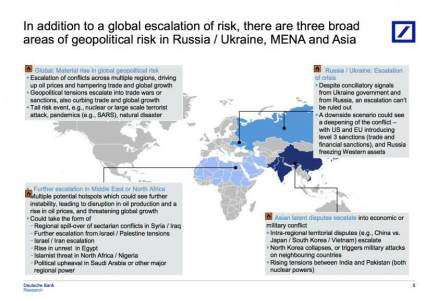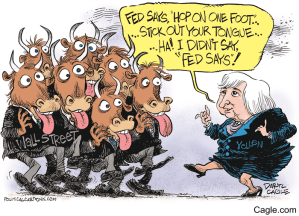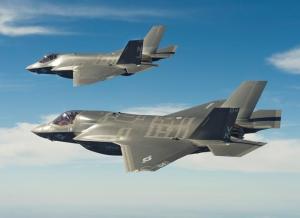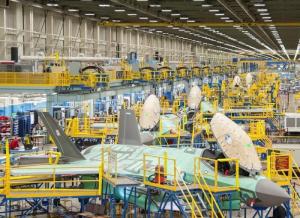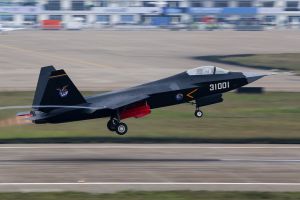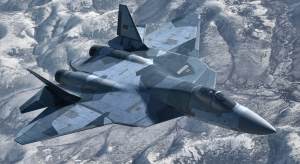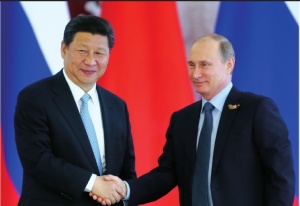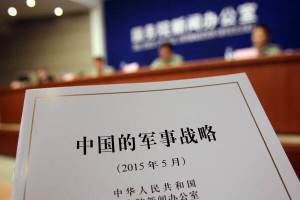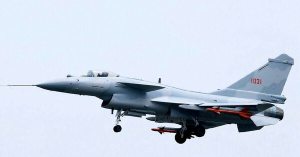The following is taken from Center for Strategic & International Studies
Document
A Report of the CSIS Program on
Crisis, Conflict, and Cooperation
October 2014
Africa is the continent with the highest concentration of countries that are affected by violence and conflict and that appear regularly on lists of fragile states. CSIS senior fellow Robert D. Lamb sat down with Africa Program deputy director Richard Downie to talk about the conflicts and crises Africa is likely to face in the future and how the United States has positioned itself to deal with those challenges.
In Angola, the United States played an unhelpful role in prolonging the civil war through its continued support for U.N.I.T.A. [the National Union for the Total Independence of Angola]. But elsewhere, it’s played a constructive diplomatic role, helping negotiate an end to conflicts in South Africa, Namibia, and Mozambique. This region—Zimbabwe aside—has for the past two decades been by far the most stable region of Africa.
China’s influence in Africa has been a net positive, actually, providing Africans with much-needed infrastructure and increased opportunities for trade and investment. At the same time, China’s avowed policy of noninterference in domestic politics has meant it’s been willing to do business with some of the continent’s most corrupt, authoritarian regimes, such as those in Sudan, Angola, and Zimbabwe. This has been a boon for incumbent autocrats. But it’s hard to make the case that China has directly fueled conflict and extremism in Africa. It shares with the United States an interest in peace and stability, and conflict threatens its business interests, in places like South Sudan, for instance. As its ties in Africa get deeper, China’s doctrine of noninterference is going to come under more strain.
China does limit U.S. influence in Africa although not to the extent commonly portrayed in the media mainly by offering itself as an alternative suitor to African governments who have no interest in heeding U.S. advice on promoting democracy and good governance.
There are two big, intractable problems that have implications for security in the region. The first is poor governance, which continues to blight a number of [African] countries. Indeed, that number has increased in recent years, reversing some of the positive progress made in the 1990s and early 2000s. One particular manifestation of this problem is leaders who remove constitutional term limits. By altering, or threatening to alter, constitutions in order to stay in office, leaders like Yoweri Museveni of Uganda and Blaise Compaoré of Burkina Faso undermine their nations’ institutions and run the risk that opposition to their incumbency will take on increasingly desperate, even violent, forms.
The second big problem is the lack of viable African security institutions to respond to conflict in a timely, professional manner. The continent currently lacks political leaders with the skill and vision to take ownership of the issue and produce models for a homegrown and financially sustainable African security architecture.
In July 2014, former UK foreign secretary William Hague described a turbulent global landscape as one not simply experiencing a series of regular disruptions; instead, he suggested that the world was suffering from “systemic disorder.” In a similar vein, former U.S. national security adviser Zbigniew Brzezinski characterized the environment as “historically unprecedented in the sense that simultaneously, huge swaths of global territory are dominated by populist unrest, anger, loss of state control.
Indeed, every day seems to bring news of emerging crises and deeper chaos, with few signs the world’s troubles are abating. China’s assertive posture in Asia has the neighbors scrambling to bolster their armed forces, reinforce territorial claims, and buttress relations with the United States. Russia’s confrontation with Ukraine and NATO holds the prospects of conflict in Europe. A worsening in one or both of these regions could herald a new economic downturn worldwide.Beginning in North Africa in late 2010, the Arab Spring offered the promise of economic opportunity, justice, and self rule. But four years later, the region has more often witnessed despair, economic paralysis, and violence. The players include countless militias, insurgents, terrorists, government security services, and political factions all contesting control of territory, populations, and resources. The integrity of Libya, Syria, and Iraq are in serious jeopardy at the same time insurgent groups like ISIS are surging in influence and capability and in some places governing as a state.
At the heart of this turmoil are two distinct but related phenomena. States are less able or willing to exercise power and authority over their people, territory, and (shrinking) resources, while actors at the sub state level are simultaneously wielding greater capabilities than ever before. This is not a new state of affairs, but the trend has worsened sharply over the past year. Incompetent or corrupt regimes are failing to provide basic services and opportunity to their populations. Filling that void are ethnic- or sectarian based groups and sophisticated criminal gangs that are not only supplanting traditional government roles but challenging states on the battle field. The ongoing confrontation between ISIS and several powerful nations bears witness to this reality.
Caught in the middle are millions of citizens with scant economic opportunities, security, and little control over their own lives. With their own governments often at fault, many people look to alternative sources of authority and service provision. Violent extremist groups offer a respite for those seeking relief, along with a promise of empowerment and even revenge very appealing choices for many individuals in this environment, given their lack of other options.
Despite the strong desire by many to avoid these cofounding problems, there is little doubt that the United States will remain deeply engaged in finding solutions. The prospects for continued violence, radicalization, and global “systemic disorder” appear to be very strong, and the United States and its partners must prepare themselves for a rough ride ahead.
At the end of the Cold War, humanitarian assistance by civilian aid workers to alleviate suffering evolved into “humanitarian intervention.” This dramatic shift in conflict from interstate wars, which declined during the last decade of the twentieth century, to intrastate conflicts arising from weak and fragile states tested the capacity of both civilian and military agencies to find appropriate responses to the dual crises of human suffering and bad governance.
Urban growth was rapid over the course of the twentieth century, and it will continue to advance quickly over the next 20 years. The overall world population reached 7.3 billion people in 2014 and is projected to exceed 8.3 billion by 2030. Notwithstanding its scale, this rate of population growth will not match the projected scale of urban growth over the same period: urban populations will grow from 3.8 billion in 2014 to more than 5 billion in 2030. Most of this growth will occur in Asia and Africa.
Every year, millions of men, women, and children relocate to periurban spaces. The newly urbanized commonly find themselves forced to live in the most insecure spaces, such as along the edges of ravines, on flood prone streambeds, on unstable slopes, or in slums and shantytowns so densely populated that they become marked with ignominious titles such as Lagos’s “Face Me, I Face You” complexes. The speed and nonuniformity of this migration overwhelms existing urban infrastructure and service provision capacities, generating interrelated negative social, health, and economic externalities. The severity of this insecurity is nowhere more apparent than for the 930 million inhabitants in developing countries, specifically in sub-Saharan Africa, who live in a slum.
Organized crime and the potential for violence from terrorist or insurgent networks pose a further challenge to human security in quickly urbanizing environments. Problems found in mega cities economic disparity and high unemployment make them a prime breeding ground for violent non state actors. Many fear the sheer size of these cities will allow criminal groups to flourish undetected by local government or legal authorities. The absence of rule of law and basic services has the potential to provide safe haven to organized criminals, insurgents, and other violent non state actors.
Transnational criminal organizations corrupt and intimidate governments and facilitate illicit trafficking, which makes them one of the more pernicious non state actors. UNODC emphasizes in its 2013 West African Threat Assessment that underserved communities particularly those in border areas can profit from the flow of contraband, “leading them further and further from the reach of the state.”
Livelihoods that benefit from governance vacuums are unsustainable but usually preferable to poverty. Those involved in illicit trade are willing to defend themselves violently when their livelihoods are threatened whether by the state or by rivals. To make matters worse, wealth accrued through illicit trafficking is often sufficient to buy cooperation from high levels of government, meaning corruption is both enabled by and an enabler of organized crime.
Many countries in sub-Saharan Africa are still experiencing a new kind of threat as stateless armies of criminal actors threaten the peace and security of many countries. In 2014, we still face the problem of accepting how long it takes to build strong institutions, grow civil society, and restore economic growth. Foreign assistance budgets are developed in five year bundles, yet reality tells us that state building is a 20 year task at a minimum. A generation is usually needed to see the results of stabilization and institution building, yet the high level of demand for the immediate resolution of conflict, often characterized by impatience and quick fixes, checking a box on a “to-do” list, fails to create a genuine understanding of how any short-term development interventions support a path to national development and a return to stable governance.
The rapid changes and instability emergent today require a comprehensive and effective response that brings people together to resolve differences peacefully and strengthens their ability to better overcome future potential conflict or strife.
I would like to focus here in conclusion, on two sub- Saharan African countries that have overcome some challenges and made some progress towards a modern democratic civil society. South Africa & Zimbabwe have enormous natural resources some of which contribute to their GDP and also a revenue stream for the government which can be further strengthened with bilateral trade agreements with their trading partners. Both countries share a common history in that they have had precolonization and colonization and are now in the third stage of their history which is post colonization.
The countries share a border and there is a certain amount of commonality with the challenges that they face moving into the Twenty First Century. South Africa & Zimbabwe are both part of the South African Development Community and the African Union. Ideally for progress to happen and for them to reach their full potential, truth, trust and transparency in government are paramount. Sustainable development that is part of a transformative state requires a collaborative and consultative approach with all of the stakeholders. There are many real challenges ahead, some of which were addressed in the Millennium Development Goals. The Sustainable Development Goals have continued the MDGs and also focus on future remaining challenges.
Governments can to be proactive regarding matters such as health, education, employment, infrastructure, gender equality, food security, population growth, structural reforms(whether they are regulatory, or institutional, or political, or fiscal, or social) and climate change, which will benefit the current citizens and future generations. It also is the duty and responsibility of foreign governments to work with these two countries to establish mutually beneficial relationships that benefit the citizens.
The proactive approach that government needs to address with structural reform is highlighted by a 2012 report by KPMG (http://www.kpmg.com/Africa/en/IssuesAndInsights/Articles-Publications/Press-Releases/Documents/Africa%20Fraud%20Barometer%20June%202012.pdf ) where it claims ” Nigeria, Kenya, Zimbabwe and South Africa make up 74 percent of all fraud cases reported in Africa. While fewer cases are reported in South Africa, the overall value of these cases is far greater in Nigeria”.
The writer welcomes and feedback and or ideas regarding the subject and appreciates the work that C.S.I.S. carries out and the contribution that is makes globally.
